Depending on who you talk to, Pinterest is either the best or the worst thing to happen to interior design. We asked eight designers—Dani Arps, Nicole Fuller, Lauren Hurlbrink, Kevin Isbell, Jennifer Jones, Dana Koebbe, Claudia Martin and Frank Ponterio—to weigh in.
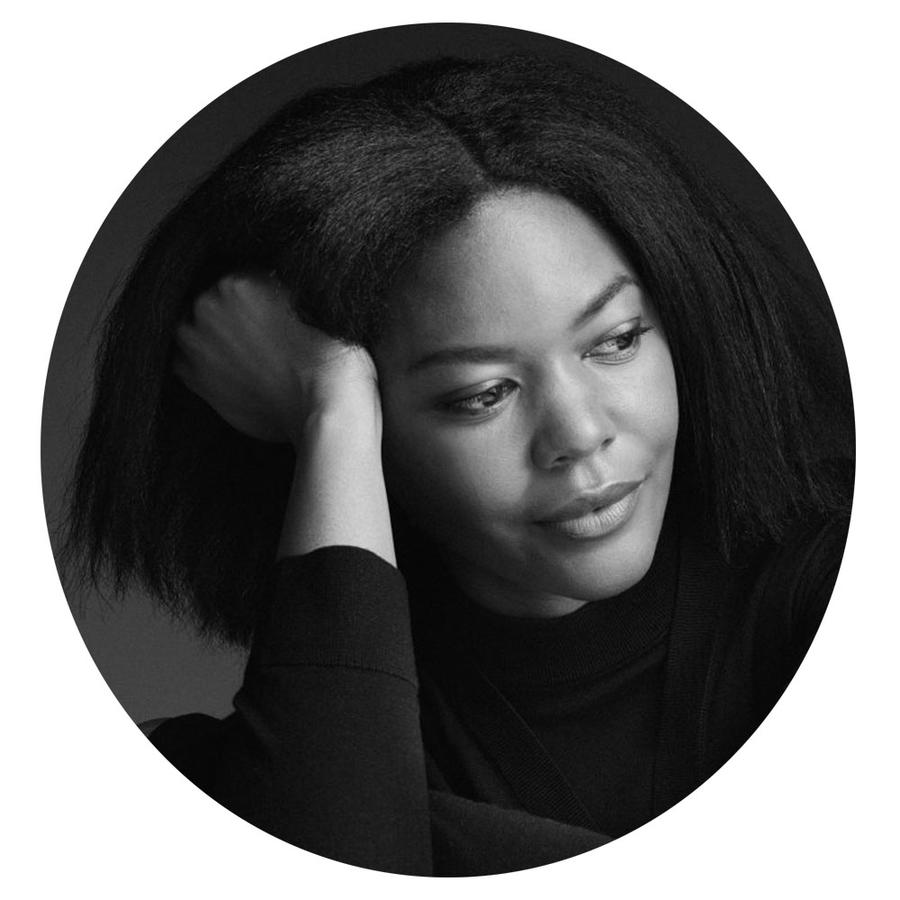
Crystal clear
“At first, I wasn’t a big fan of Pinterest. I had my own way of collecting inspiration images, arranging them in Dropbox and creating boards in InDesign. I still use this method for presentations, but recently I’ve found that Pinterest is most helpful for getting clients to participate in the brainstorming/concept development phase if they choose to do so. It helps them articulate aesthetics in a way that's super clear to me as a designer and allows us to be on the same page visually. As long as you make it clear that it's for inspiration and not meant to be copied, Pinterest can be a great tool!” —Dani Arps, New York
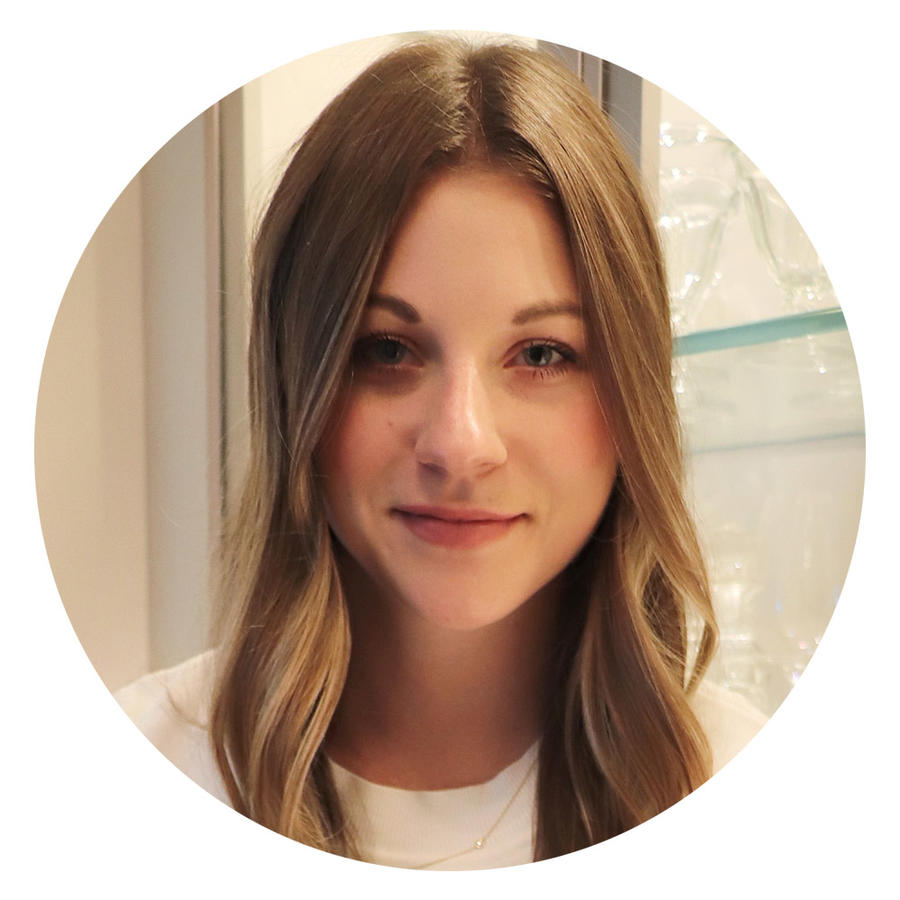
Too much of a good thing
“If a client sends me their Pinterest boards, I rarely ever look! Either there are only a few photos and it makes sense, or it is a disaster with hundreds of photos and styles scattered across the board. Too much inspiration imagery can mess with the creative process, which is why the client hired me in the first place—not to just copy their Pinterest board.” —Dana Koebbe, Dana Koebbe Interior Design, New York
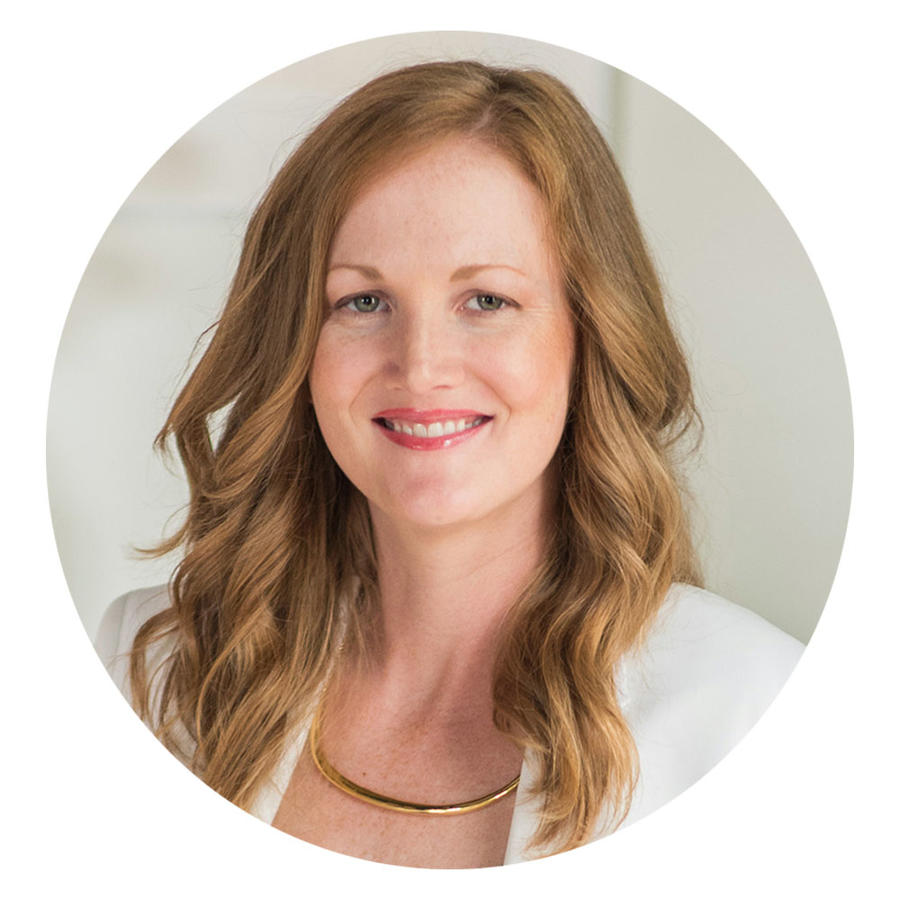
Trend trap
“Pinterest boards are helpful as a jumping-off point, but not for effectively dialing in on a client’s style. It’s useful to see what types of homes a client gravitates towards, but the range of styles and quality of design work available on Pinterest is limited. We prefer to expose our clients to [more than just] what’s currently trending.” —Jennifer Jones, Niche Interiors, San Francisco

Visual aid
“For anyone not in the design industry, it’s easy to fall into a tailspin on Pinterest, so we prefer to be the ones creating boards instead of having our clients come to us with their own. There are thousands upon thousands of interiors images on Pinterest, and it can be difficult to zero in on a vision without professional help. In order to feel curated and purposeful, we always make sure the visuals are interconnected and make sense as a whole. We feel Pinterest is a helpful tool in setting the tone for a project and is an important aid in sharing our vision with the client.” —Frank Ponterio, Chicago
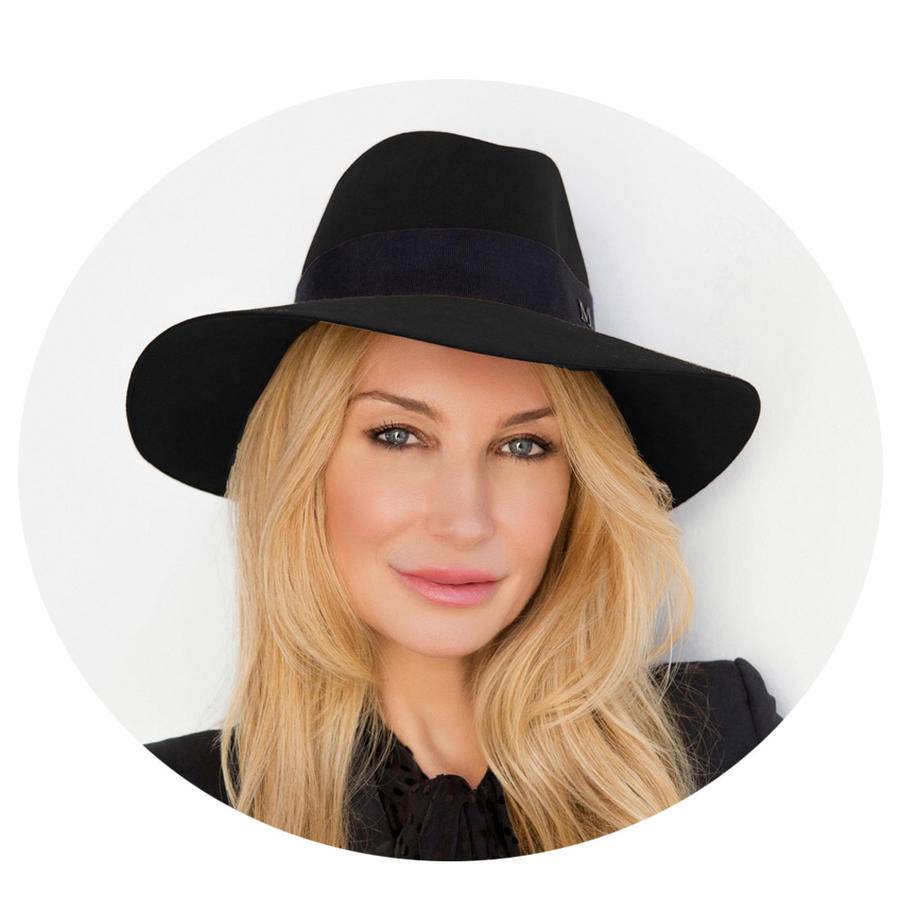
Inspiration station
“Pinterest is a great tool—the resources are endless. It’s fabulous for creating mood boards, and organizing our own inspiration. When a client wants to share their Pinterest board, I welcome it. It’s important to see where their head is at, what they like and what they want to see in their home. It’s a great jumping-off point that I feel connects them and helps them feel part of the design process.” —Nicole Fuller, Nicole Fuller Interiors, New York

Cringeworthy
“I cringe when a client wants to send me a Pinterest page. While it’s a great tool for cataloging things that catch your eye, it is not a replacement for an educated, trained professional. I watch a lot of cooking shows, but that doesn’t make me a chef.” —Kevin Isbell, Kevin Isbell Interiors, New York & Los Angeles
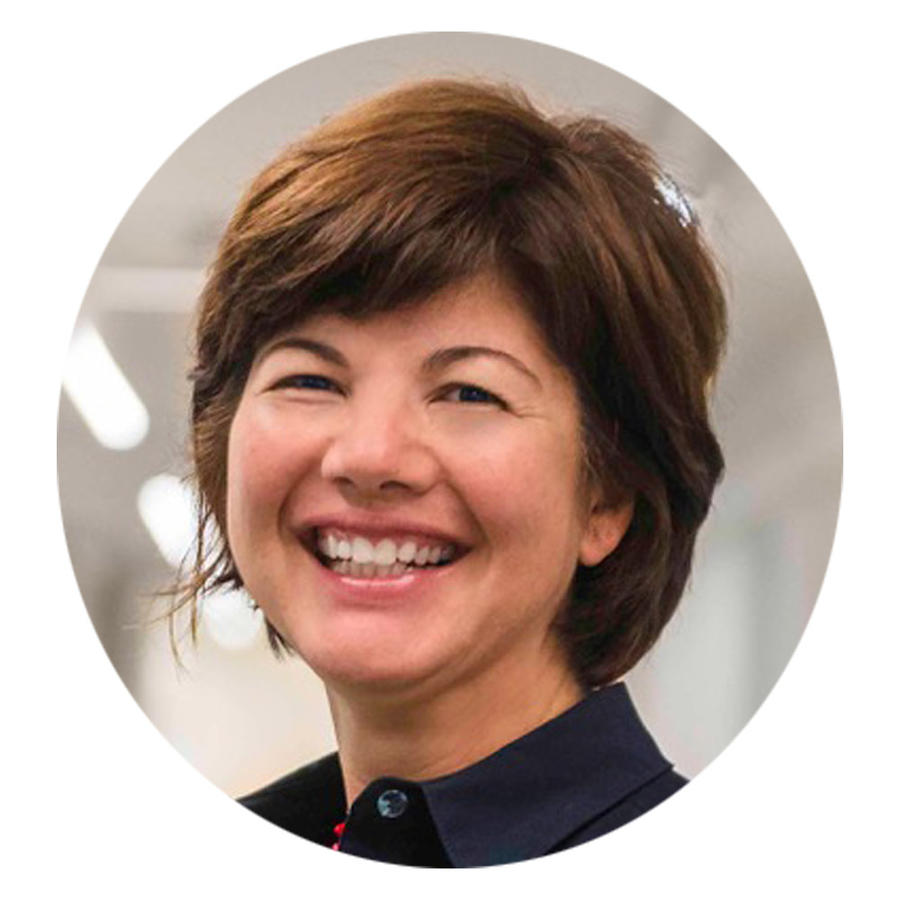
A starting point
“I don’t sift through Pinterest for ideas, but use it to ‘pin’ my own photographs from shopping at the Merchandise Mart or from trade sources to create a moodboard. I do have some clients send me ideas from Pinterest, which helps provide some insight into what they gravitate toward. It can be a great conversation starter. I once had a client pin a really awful room but it had a large plant near the window and that was what they liked about it! So you have to take the pins with a grain of salt.” —Claudia Martin, Claudia Martin Design, Chicago
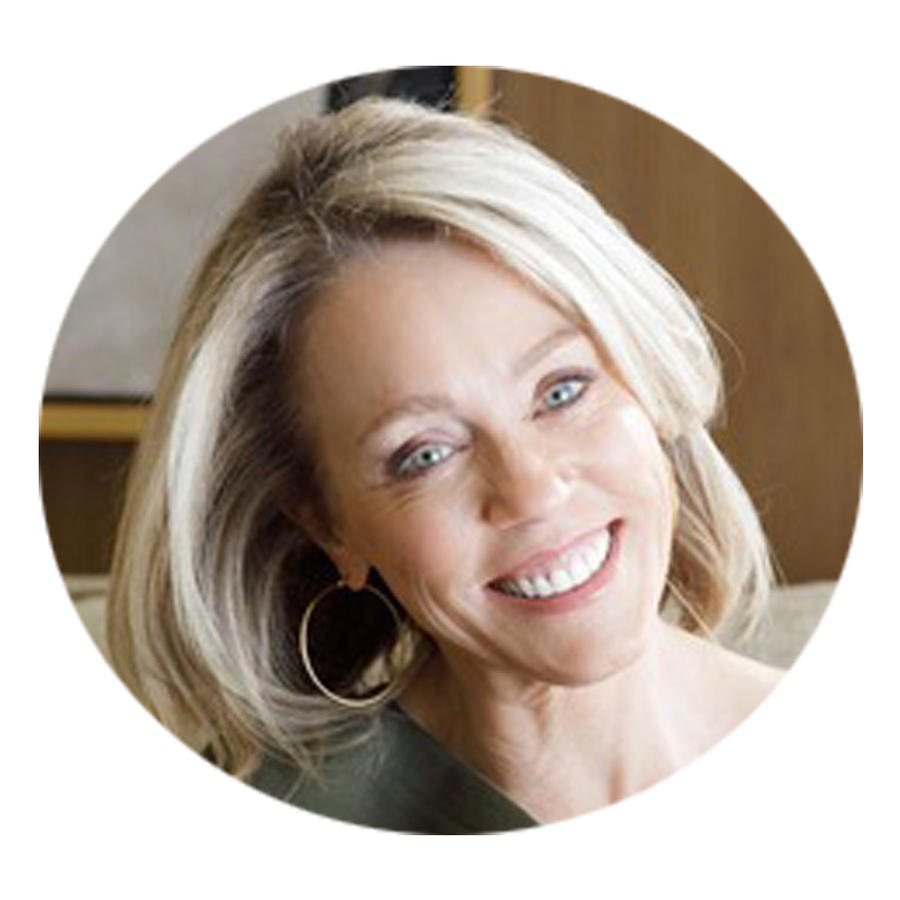
Move along
“I think Pinterest helps the communication between the designer and client immensely at the beginning of a project. However, there is a point where we need to move on from those images and the designer should become the place a client turns to for inspiration. We take all the information that they have given us and we make it real and right for them. If we do our job, there’s no need to keep looking at Pinterest.” —Lauren Hurlbrink, Lauren Hurlbrink Interiors, Baltimore
Homepage photo: A room by Kevin Isbell; photo: Peter Margonelli




























